Driving through Nairn has become a frustrating experience for travellers trundling their way along the A96 between Aberdeen and Inverness.
No matter how beautiful the Victorian sandstone villas might be in the eastern gateway to the Highlands, few people want to sit and stare at them for any length of time in the queues that form at the town’s eight sets of traffic lights.
Some drivers have become so fed-up with peak-time gridlock they now avoid the town completely, heading instead for the unofficial “Nairn bypass” along the road past Cawdor.
Further east, Elgin continues to sprawl – and all it takes is for a car to be parked awkwardly on Moss Street for traffic to start tailing back along the eastern approaches to Keith’s gridiron layout.
Dual carriageways have almost made it as far as Inverurie, yet the promises made in 2011 by the Scottish Government to dual the A96 along its full length by 2030 remain a distant dream, along with a similar pledge covering the A9 between Inverness and Perth by 2025.
Road upgrades improve economy
In October, a survey of 40 companies by Moray Chamber of Commerce found 95% believed dualling the A96 would have a “positive impact” on their business.
Last year’s Holyrood power-sharing agreement between the Scottish National Party and Scottish Green Party triggered an “A96 corridor review”, which took place in May and June this year.
The review is due to be published before Hogmanay, but Transport Minister Jenny Gilruth used a debate in the Scottish Parliament earlier this month to reaffirm the Scottish Government’s commitment to dualling the full length of the road.
While the A9 and A96 projects were not mentioned in either Acting Finance Secretary John Swinney’s £615 million emergency budget review earlier this month or his £560 million of spending cuts on September 7, businesses expressed nervousness about December’s Scottish budget and whether the squeeze on public finances could lead to the two upgrades being delayed.
Moray ‘cannot be left behind’
Moray Chamber of Commerce chief executive Sarah Medcraf said: “Our members have told us the dualling of the A96 would reduce their transport costs, improve their direct links between business locations and improve business confidence – the combined impact of these outcomes is critical.
“We have heard from businesses who cannot get raw materials delivered – or if they can, they pay a premium – or cannot ship out of the region at a price that competes with their competitors.
“To be competitive, we need to be connected.”
She added: “We understand the reason behind the review and, of course, are nervous around the budget cuts, but Moray cannot be left behind.
“We’ve written to the transport minister, Jenny Gilruth, and Transport Scotland on our survey findings.
“With more than 60% of members believing the dualling will improve staff recruitment and improve sales, we need to ensure the A96 is viewed seriously for our economic growth.”
Mike Duncan, north-east development manager at the Federation of Small Businesses (FSB), said: “The overarching project to dual the A96 is vital to our small business community, and our politicians must commit to making it a reality.
“At times, you only have to attempt to drive through Nairn or Elgin to experience why.”
Dual road for safety
Ronnie Gillespie runs a vehicle recovery and repair business in Elgin, so is at the sharp end of the situation.
“For me, the dualling is all about safety,” Mr Gillespie said, adding: “Many of the crashes I attend appear to be caused by driver frustration, often from being stuck behind slow-moving vehicles without the opportunity to overtake.
“There are also incidents of bumps and shunts at the numerous roundabouts drivers encounter when driving through our towns.
“I believe the A96 would be a far safer road if it was completely dualled.”
What did Transport Scotland say?
A spokesman for Transport Scotland said the government remained committed to dualling the A96, and “the report on the public consultation and the initial appraisal will be published by the end of the year”.
He added: “The recent emergency budget review has resulted in re-profiling land purchase for the A96 dualling Inverness to Nairn, including the Nairn bypass.”
“This reprofiling will not adversely affect overall plans for delivering the project, he said, adding: “These current savings will be picked up in future phases, with the project only commencing if approved under the relevant statutory procedures, and thereafter a timetable for progress can be set.
“The reprofiling of expenditure on major projects is not uncommon and relates to the stage the project is at in its delivery.
“We continue to progress the statutory process stages for the Inverness to Nairn – including the Nairn bypass – section and, as confirmed by the minister for transport in parliament on November 2, we expect to be able to make the orders in the coming weeks.”
“Reprofiling” means buying land in future phases, rather than now.
The spokesman added: “The Scottish Government has been clear it has not been possible to fund all the commitments from the 2021 capital spending review, given current levels of inflation and the cost crisis.
“The Scottish Government remains committed to investing in Scotland’s future, including improvements to the A9 and A96.
“We regularly assess future funding and financing opportunities to deliver strategic assets in the right places – that is good governance.”
Questions over completing A9 dualling by 2025
Heading south from Inverness, the A9 has been left as a patchwork of single and dual-carriageways following 1970s’ and 80s’ upgrades.
The £3 billion dualling project announced in 2011 is due to be completed in 2025 but, even with a generous end date of that year’s Hogmanay, only 37 months remain to complete the upgrades.
So far, just two of the 11 sections – between Kincraig and Dalraddy, and Luncarty and Pass of Birnam – have been completed, covering fewer than 11 miles of the 80 needing dualled.
The FSB’s Mr Duncan highlighted businesses’ issues in bringing raw materials up the A9, echoing Ms Medcraf’s comments about the A96.
He added: “The continued uncertainty surrounding the upgrade of the A9 is of huge concern to the local small business communities along the length of this vital highway.
“Delays and pushbacks undermine business confidence and rightly raise questions about the government’s commitment to delivering the project of dualling from Perth to Inverness by 2025.
“Positive progress should be recognised but commitments made must now be fulfilled.”
Transport Scotland’s spokesman said: “We are working hard to bring the benefits of the A9 dualling programme to Scotland, one of the biggest transport infrastructure projects in Scotland’s history.
“We have already invested approximately £431m to date delivering the programme, with work ongoing to determine the most suitable procurement options for the remaining sections.
“This is a complex exercise, which looks at a number of factors, including how the programme can be delivered most efficiently by the industry within the original cost estimate, whilst minimising disruption to road users and helping to support economic recovery post-Covid.
“We will, of course, update parliament when this work is completed.”
READ: Six of the worst stretches of road in the Highlands – and what’s being done about them
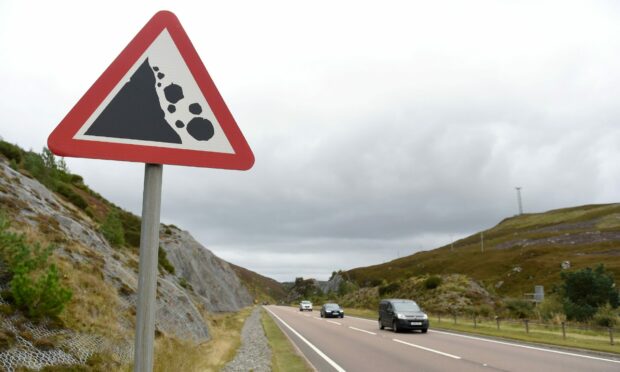
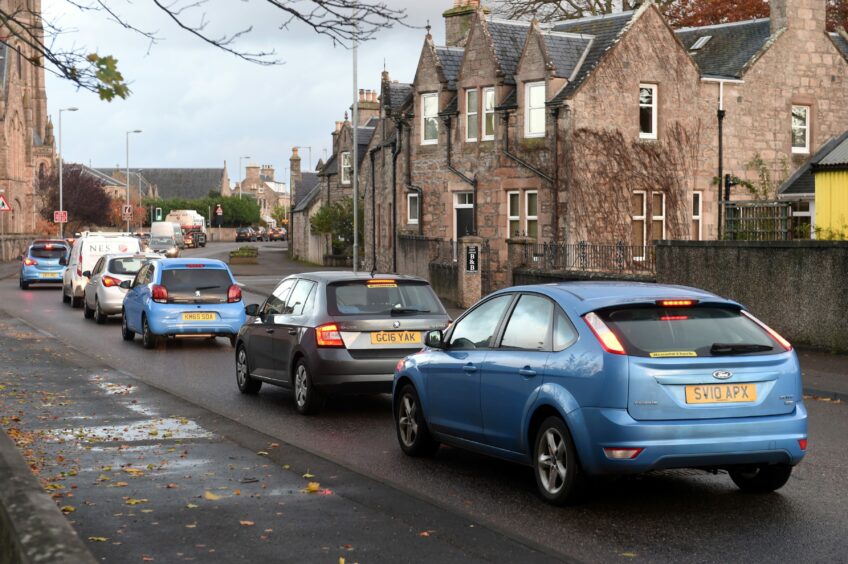
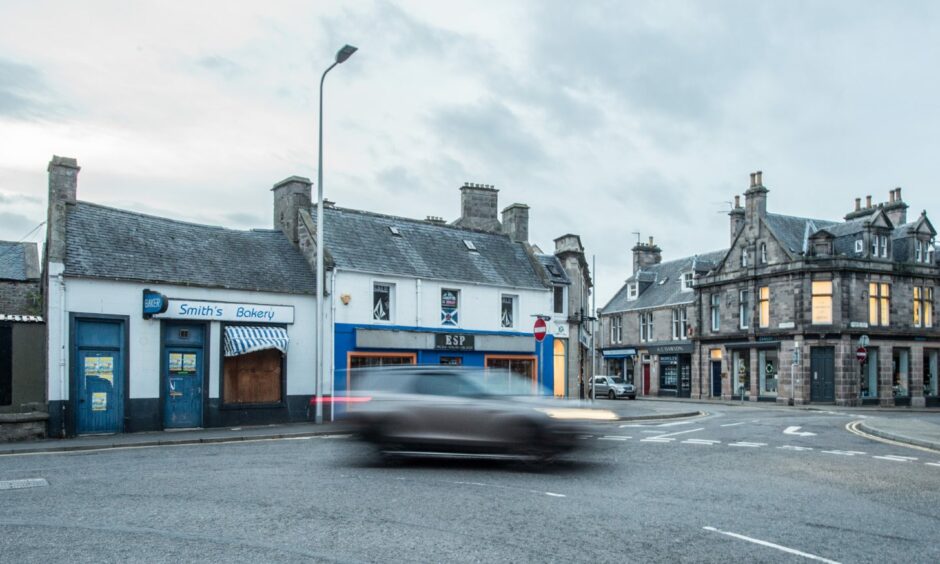
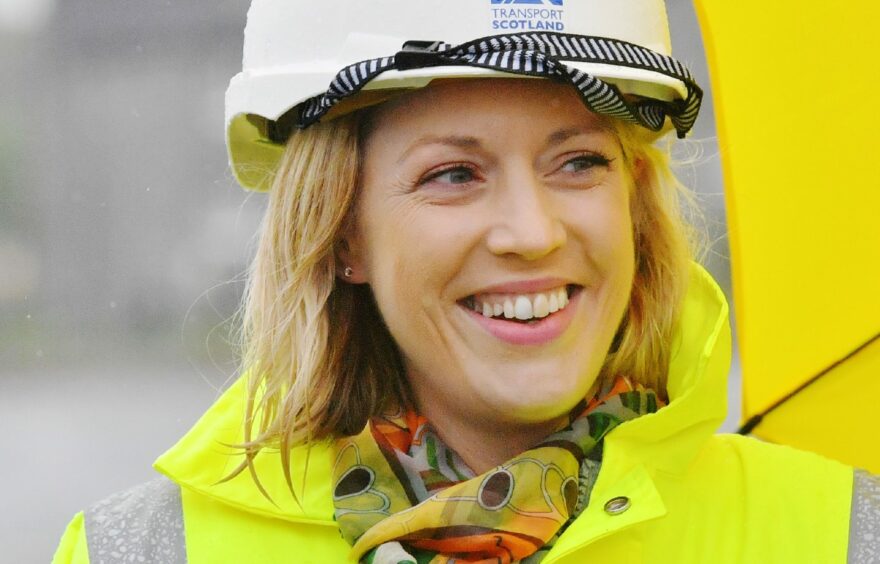

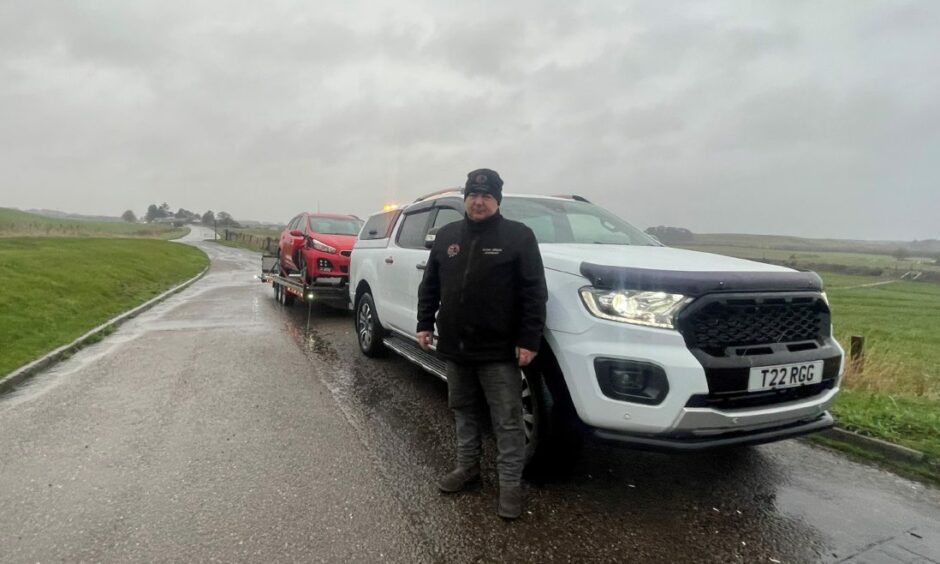


Conversation